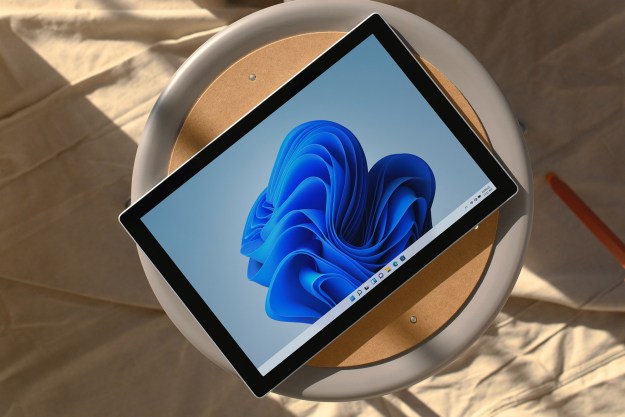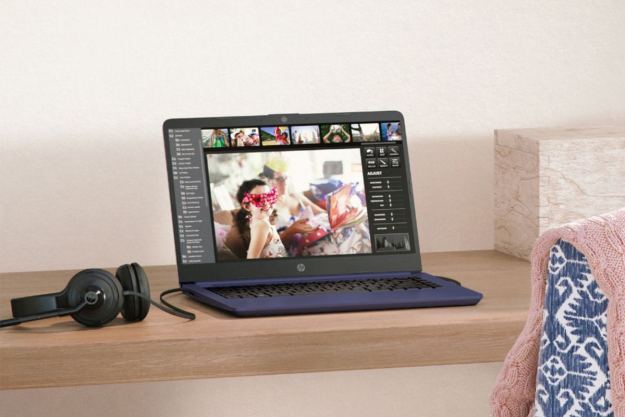Every durable good built by man find itself in an awkward period where its immediate value has been used up, but its historical value is not yet realized. Every future antique is destined to be considered trash before it eventually appreciates in value — whether that value is monetary, or cultural. The bulk of mass-produced computers currently inhabit this valley.
This leads most people to toss old, slow hardware, but not everyone treats aged systems as fodder for the garbage man. There are individuals and organizations all around the world working to preserve the ongoing history of computing, and they’re hoping that the work that’s being done now will let us look back on that history for years to come.
How old is an old computer?
With its first iteration dating back to 1968, it’s fair to say that the Computer History Museum has been around for a sizeable portion of the modern era of personal computing. Over that time, the organization has made the move from Boston, Massachusetts to Mountain View, California — all the while accumulating an impressive collection of exhibits.
The speed of replacement makes things obsolete museum objects in around ten years.
“We have hundreds and thousands of different things,” says Chris Garcia, a curator who has been with the museum since 1999. “Millions of documents — engineering notes, manuals coding sheets. And of course, lots of software and hardware.”
In and among the museum’s collection are examples of several legitimately historic systems. Currently on display is a loaned portion of the ENIAC computer, a SAGE mainframe, and even some devices that were built more than one hundred years ago. However, it’s not just the ancient era of computing that’s on show.
“What’s amazing is that the speed of replacement makes things obsolete museum objects in around ten years,” Garcia tells me. There was a time when systems were designed to be in use for twenty years or more, but now the rate of technological advance means that designing hardware with that lifespan offers little to no practical utility.
“It’s within a lot of people’s living memory that computers first emerged,” Garcia goes on. “The idea of preserving this stuff is relatively new.” As it turns out, the relative youth of the computer industry as a whole is one of the major challenges that an organization like the Computer History Museum faces.
A system like ENIAC has a definite historical relevance that’s difficult to overlook — but it’s easy to see why a decrepit old PC might not inspire the same preservative instinct. However, Garcia and his colleagues are eager to conserve and exhibit a broad view of computing, rather than just the edited highlights.
“Two of the computers I used in the museum back in the early days are now in the collection,” Garcia notes. “That’s the speed that we’re going at.”
Building a Collection
Exhibits at the Computer History Museum come from a whole host of different sources, ranging from loans from other institutions to donations from the public. Even honing in on the latter category, there are countless different types of contribution.
One patron might offer up a lone system that’s been unearthed in a dusty attic, or hidden away in a closet. Others might provide larger quantities of tech — although these contributions can vary from well-kept collections to masses of uncategorised materials.
There are almost zero computers that are completely unique.
“We’ll get a huge box,” Garcia tells me. “It’ll feature hundreds of papers, that may or may not relate to the subject. There’s things that have been kept in binders, things that have notes scribbled in the margins.” Large quantities of hardware are typically welcomed with open arms, thanks to their tendency to demonstrate a broad strand of computing.
“There are almost zero computers that are completely unique,” he responds when asked about what sort of computers are particularly desirable. “There might be millions produced, but it’s about what that particular object tells you about the field as a whole.”
The fact that some systems were once so readily available has led to many computers being thrown out or otherwise disposed of. As a result, a model that was anything but rare at the height of its use can become rather hard to find once it’s out of commission.

Garcia likens the aging process of a computer to that of automobiles and aeroplanes. For a while, they’re simply too old to provide a practical function — but wait a little while longer, and they become something that has a real value to an organization like the Computer History Museum.
Today, the museum looks around five years into the past to assess what systems they should attempt to preserve. “When we started we were thinking of ten years,” Garcia notes. “But we found that you miss entire technological advances.”
Show Me the Money
While the Computer History Museum hosts a vast, culturally significant collection, it would be incorrect to say that the majority of the items it houses are particularly valuable in terms of dollars and cents — not yet, anyway.
“Our collection’s greatest monetary value is probably as scrap,” Garcia tells me, referring to materials like gold and palladium used in manufacturing. Of course, there are major exceptions, particularly those systems that are more than a few decades old.
There are other factors that can influence the value of a particular device years after its release. The museum had the good sense to acquire now-discontinued Apple products before they were quite so difficult to come across.

“Some things are just obvious,” Garcia tells me. “We got first run models of the iPod, iPhone and iPad — it was clear that these devices were either going to be very important, or their failure was going to be very important.”
However, the organization still relies on the help of donators, many of whom are giving up collections that they’ve spent years putting together. Being exhibited means that a whole new generation can learn more about how our society came to use computers so broadly today.
“There’s a tendency for individual users to see their tools as an extension of themselves,” Garcia says when I ask about the reasons people give for donating. “They want to preserve their objects because they want to preserve their own personal history, as well as preserving history more broadly.”
“We were once thought of as a niche cultural interest that appealed to people who were a part of the industry,” he continues, talking about his early experiences with the organization. Today, the museum is relied upon to take stock of a major focus of modern life — and that’s only possible because the museum was founded when this history was ‘niche’.


